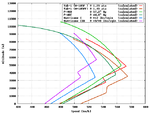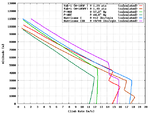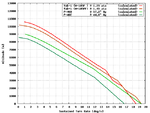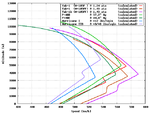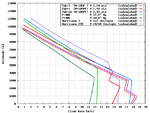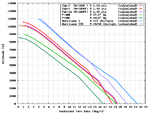Clay_Allison
Staff Sergeant
- 1,154
- Dec 24, 2008
We have a lot of threads uselessly comparing the P-40 to the Spitfire and Mustang. On the other hand, in my opinion, the proper comparison is with the other "obsolete" fighters that were thrust into the gap in the early war and fought on till the end in lower priority roles.
So, say you need fighters and these three designs are on your desk. Which do you want?
So, say you need fighters and these three designs are on your desk. Which do you want?



